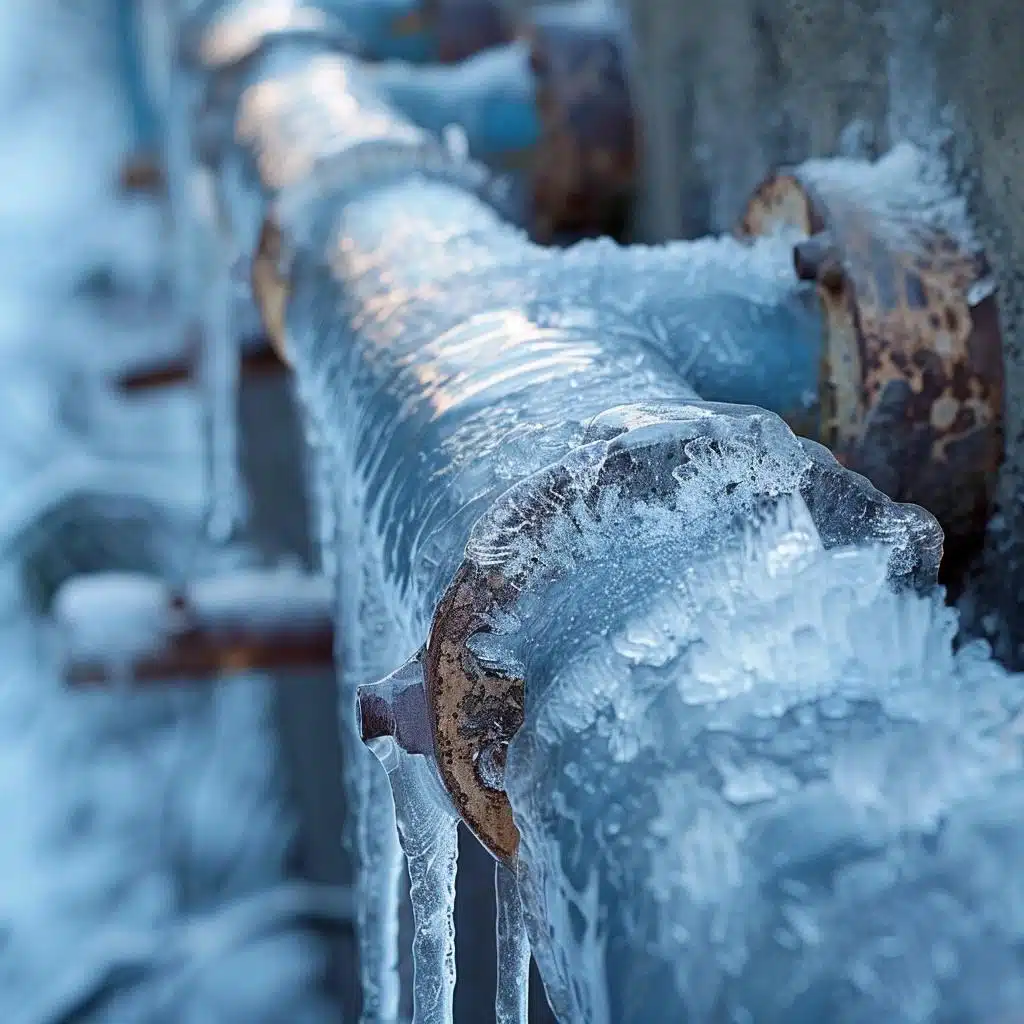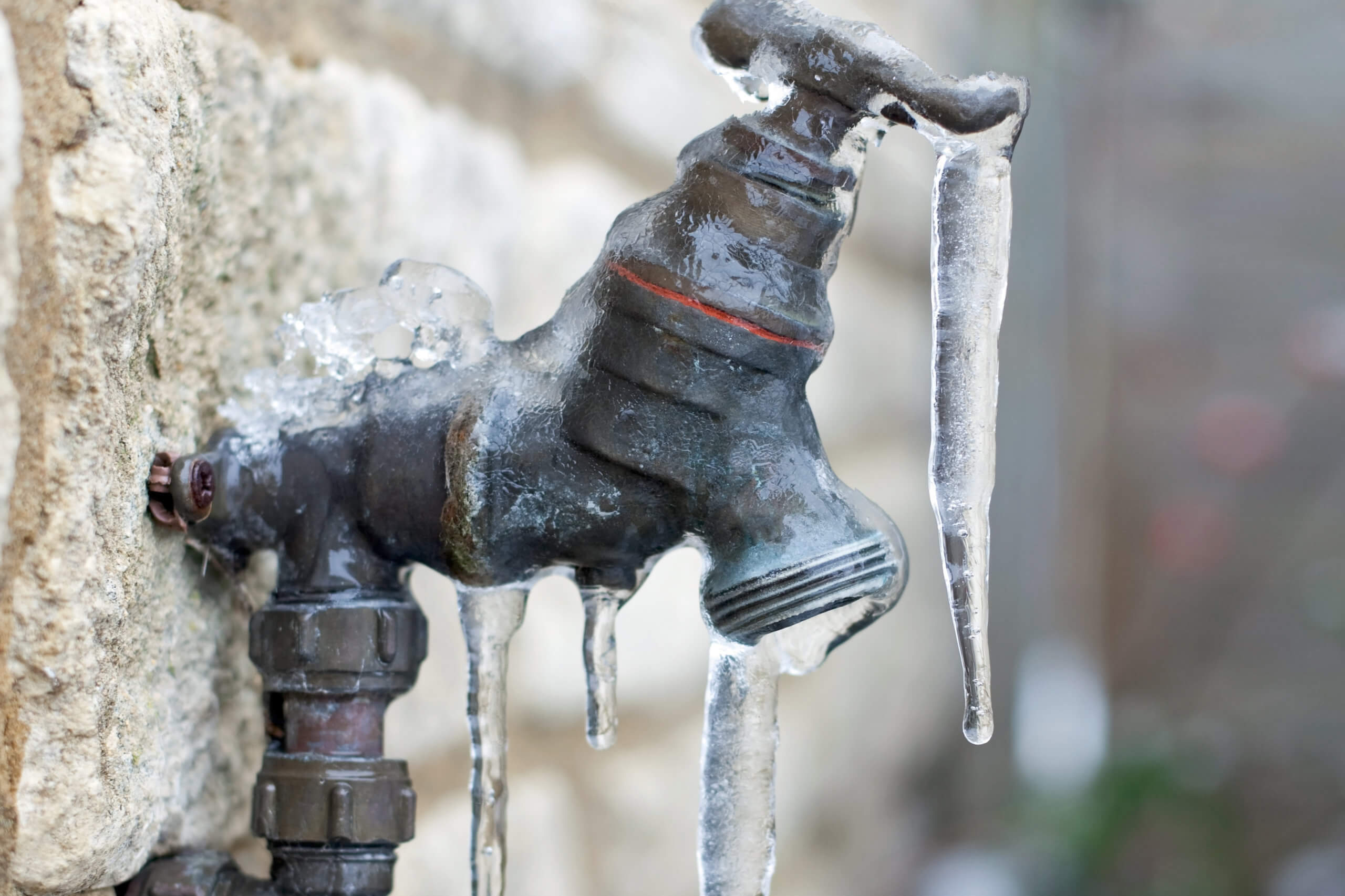Crucial Advice to Prevent Frozen Pipes in Cold Weather: Expert Guidance
Crucial Advice to Prevent Frozen Pipes in Cold Weather: Expert Guidance
Blog Article
Listed here in the next paragraphs you'll find lots of quality data relating to Helpful Tips to Prevent Frozen Pipes this Winter.

Winter can ruin your plumbing, particularly by freezing pipes. Right here's exactly how to prevent it from happening and what to do if it does.
Intro
As temperatures drop, the threat of frozen pipelines increases, potentially leading to pricey repair services and water damage. Understanding exactly how to stop icy pipes is critical for house owners in cool climates.
Recognizing Icy Pipelines
What creates pipelines to ice up?
Pipes ice up when revealed to temperature levels listed below 32 ° F (0 ° C) for expanded durations. As water inside the pipelines ices up, it increases, taxing the pipe walls and possibly creating them to break.
Threats and damages
Icy pipelines can cause water system interruptions, residential property damage, and expensive fixings. Ruptured pipes can flooding homes and cause extensive architectural damage.
Indicators of Frozen Water Lines
Identifying icy pipes early can stop them from rupturing.
Just how to determine icy pipes
Seek decreased water circulation from taps, unusual odors or sounds from pipes, and visible frost on revealed pipes.
Avoidance Tips
Protecting at risk pipelines
Cover pipelines in insulation sleeves or make use of warm tape to safeguard them from freezing temperature levels. Concentrate on pipes in unheated or outside locations of the home.
Heating strategies
Maintain indoor areas appropriately warmed, specifically locations with plumbing. Open up closet doors to allow warm air to distribute around pipelines under sinks.
Safeguarding Exterior Pipes
Garden hoses and outdoor taps
Detach and drain yard pipes prior to winter season. Install frost-proof faucets or cover outdoor taps with protected caps.
What to Do If Your Pipes Freeze
Immediate activities to take
If you think frozen pipelines, keep taps open to ease pressure as the ice melts. Utilize a hairdryer or towels soaked in warm water to thaw pipes gradually.
Long-Term Solutions
Structural changes
Take into consideration rerouting pipes away from exterior wall surfaces or unheated areas. Include additional insulation to attics, cellars, and crawl spaces.
Upgrading insulation
Buy top notch insulation for pipes, attic rooms, and walls. Proper insulation aids maintain regular temperatures and decreases the threat of frozen pipes.
Verdict
Avoiding icy pipes requires positive steps and fast feedbacks. By understanding the causes, indications, and safety nets, homeowners can safeguard their plumbing during cold weather.
6 Proven Ways to Prevent Frozen Pipes and Protect Your Home
Disconnect and Drain Garden Hoses
Before winter arrives, start by disconnecting your garden hoses and draining any remaining water. Close the shut-off valves that supply outdoor hose bibs and leave the outdoor faucet open to allow any residual water to drain. For extra protection, consider using faucet covers throughout the colder months. It’s also important to drain water from any sprinkler supply lines following the manufacturer’s directions.
Insulate Exposed Pipes
Insulating your pipes is an effective way to prevent freezing. Pipe insulation is readily available at home improvement stores and is relatively inexpensive. Pay close attention to pipes in unheated areas such as the attic, basement, crawl spaces, or garage. Apply foam insulation generously to create a buffer against the cold. You can also wrap your pipes in heat tape or thermostat-controlled heat cables for added warmth.
Seal Air Leaks
Inspect your home for any cracks or openings that could let in cold air. Seal any holes around the piping in interior or exterior walls, as well as the sill plates where your home rests on its foundation. Additionally, make sure to keep your garage door closed unless you’re entering or exiting. Leaving it open creates a significant air leak that can lead to frozen pipes.
Allow Warm Air Circulation
During cold snaps, it’s essential to allow warm air to circulate evenly throughout your home. Leave interior doors ajar to promote better airflow. Open kitchen and bathroom cabinets to help distribute heat consistently around the rooms. If you have small children or pets, be sure to remove any household chemicals or potentially harmful cleaners from open cabinets for safety.
Let Faucets Drip
A small trickle of water can make a big difference in preventing ice formation inside your pipes. When temperatures drop significantly, start a drip of water from all faucets served by exposed pipes. This continuous flow helps prevent the water from freezing. Additionally, running a few faucets slightly can relieve pressure inside the pipes, reducing the chances of a rupture if the water inside does freeze.
https://choateshvac.com/6-proven-ways-to-prevent-frozen-pipes-and-protect-your-home/

As a serious person who reads on Winter Plumbing Precautions: Preventing Frozen Pipes, I imagined sharing that piece of content was a smart idea. Don't hesitate to take a moment to promote this blog if you enjoyed it. Thank you so much for going through it.
Book Service Now Report this page